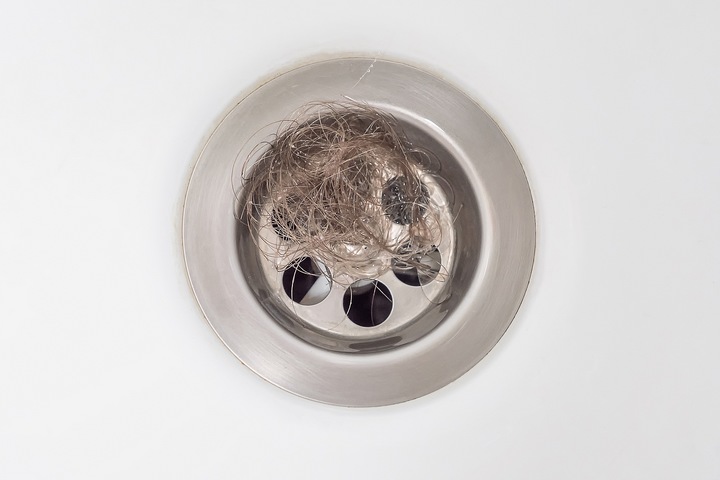
A key reason your shower or bathtub won’t drain could be hair clogging up the pipeline. Clumps of hair can naturally accumulate over time in your drain and result in a blockage.
A clogged drain from hair isn’t necessarily a serious plumbing issue and can often be easily resolved and entirely prevented with the right approach.
Here is how to dissolve hair in a drain, unclogging your plumbing and allowing your bathtub or shower to drain naturally.
1. Try Baking Soda & Vinegar
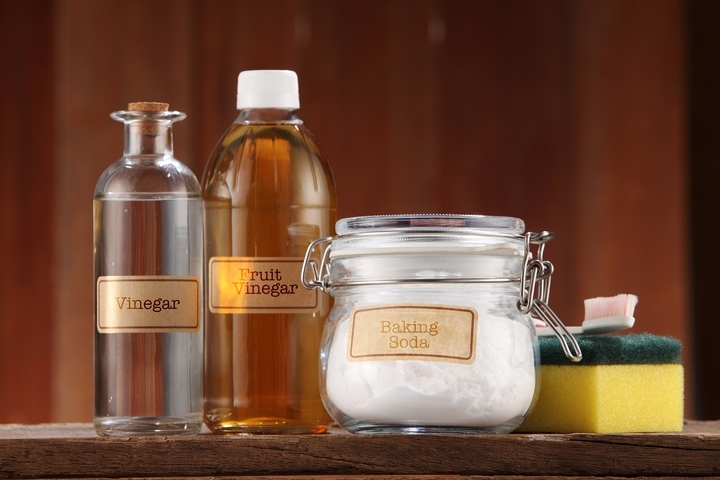
Before using a chemical to dissolve hair, try something eco-friendly and natural. Baking soda and vinegar can dispatch a clog. Send a cup of vinegar and then a cup of baking soda down the drain.
Wait five minutes or so. The vinegar and baking soda, as they touch, will cause a chemical reaction. This should help break apart hair clumps in the drain. After five minutes, pour a cup or more of boiling water down the drain. This will clear everything out.
2. Repeat This Step Again
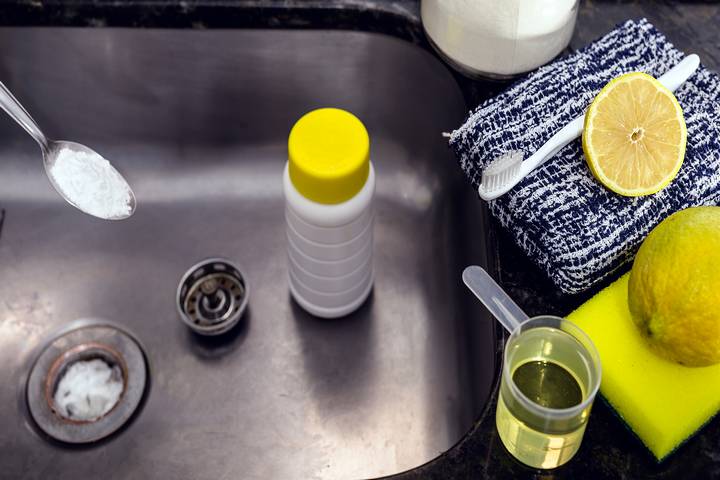
If the task is to strictly dissolve the hair, you may need to apply this baking soda and vinegar combination followed by hot water a few times. This should cause hair to dislodge and be sent out your pipeline.
If this doesn’t work, you have other options. However, they won’t necessarily dissolve the hair so much as push it down or remove it. Any chemical-based drain de-clogger should be avoided if there’s another way to handle the problem.
3. Use a Plunger
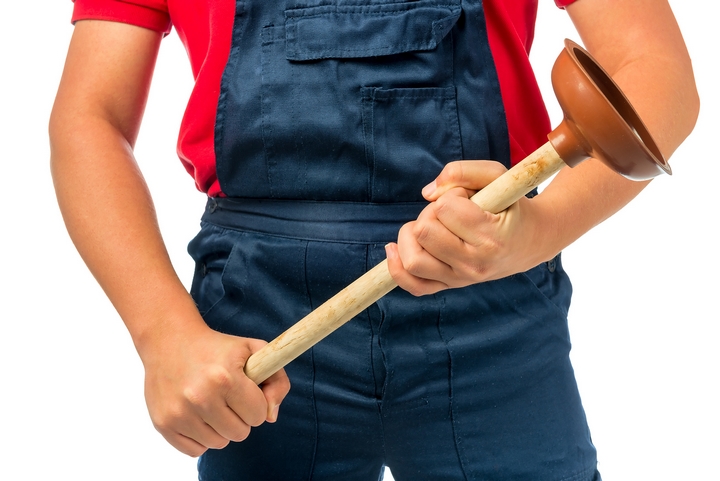
You obviously cannot dissolve anything with a plunger, but it’s handy when you’ve already worked a bit on what’s in your drain. A plunger, ideally, shouldn’t be used on its own without the assistance of something to dissolve the hair if it is indeed hair causing the clog.
You could easily shove the hair further down the drain, causing a clog you can’t reach and potentially requiring an expensive repair. If you want to use a plunger, only do so after you’ve cleared most of the clog.
4. Call a Plumber

If you continually experience hair clogs in your drain, it might be time to call a plumber. A professional drain cleaning service can take apart your drain and recommend a permanent solution to minimize the risks of a clog.
A plumber can handle any clog, from hair to grease, food, toilet paper, and several hard-to-remove items. Any time you’re concerned about permanently damaging your plumbing, contact a plumber before trying anything.
5. Use a Drain Snake
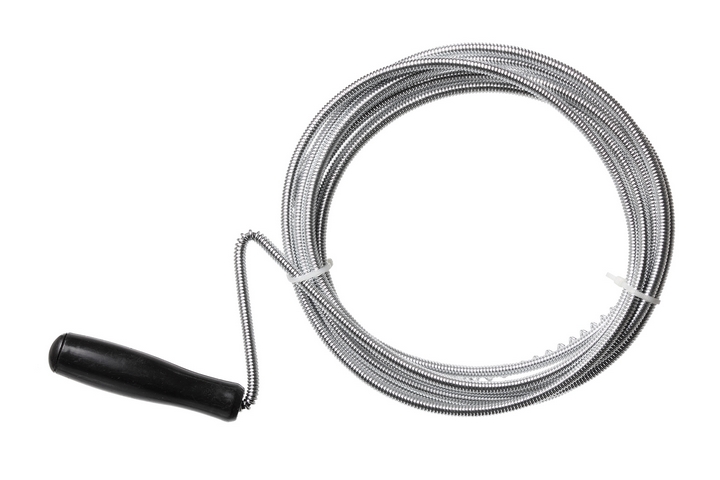
A drain snake is typically a long bendable item that you send down the drain. It can be made in the form of a hose or be a simple plastic tool with spikes. A drain snake will hook on to any hair, and instead of dissolving the hair to push it further down, you extract it and lift it out.
They are very cheap tools, and drain snakes are a lot more eco-friendly than using a chemical clog remover. Please note that if you did already use chemicals in your drain, it’s not recommended to use a drain snake at that time as you do not want to come in contact with something corrosive.
6. Try a Liquid Drain Cleaner
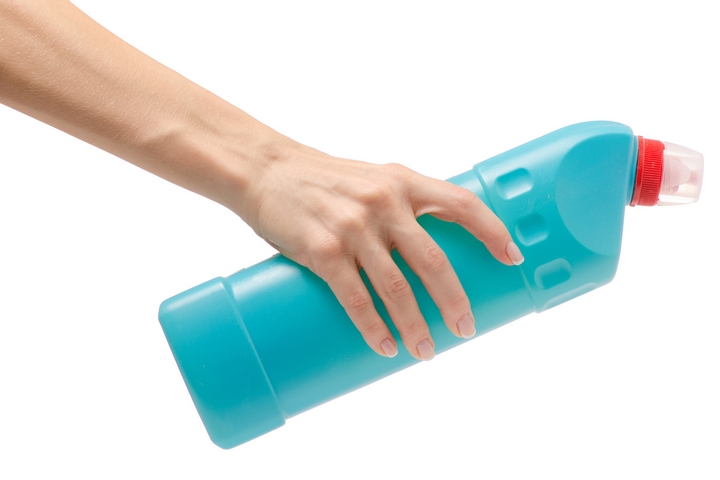
Most plumbers do not recommend using a liquid chemical drain cleaner because of the risks. Some are ineffective. Cheaper liquid cleaners can eat at the inside of the pipe. They’re also chemically toxic. That aside, some do work at eating away and dissolving the hair. They aren’t anyone’s long-term solution, though.
Try to avoid these chemicals unless needed. Instead, contact a plumber for further assistance. You don’t want a chemical to stay in the plumbing and cause what could be permanent damage.
7. Remove Your Drain
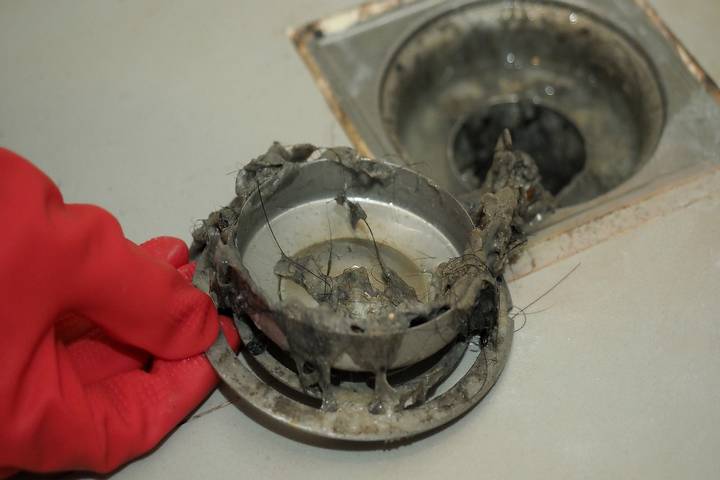
Though quite intensive in its scope, another way to remove hair from the drain is to take the drain apart. You will likely need a plug wrench to remove a shower or tub drain. This wrench is designed to fit the drain’s crossbars so they can be pried out. Be sure to use rubber gloves as this is a generally unsanitary job.
See tutorials online for further information on removing your specific drain type. If this is too expensive or you simply don’t have the time, it may be better to hire a professional.
8. Employ a Drain Stopper
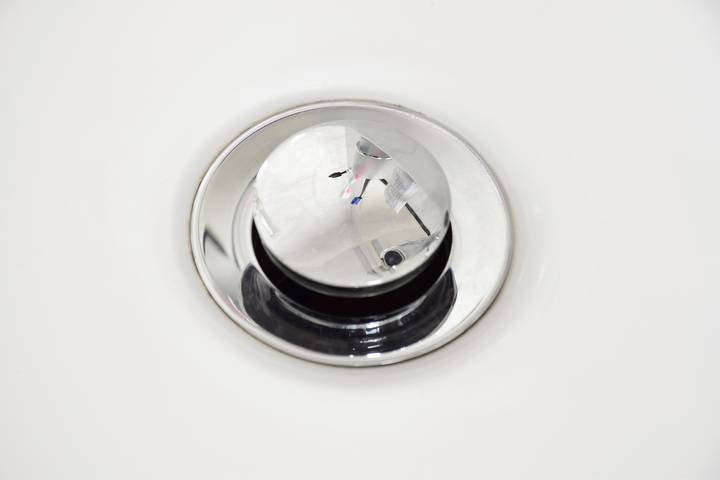
Chances are, hair will continue falling off your head every time you bathe. It’s going to slide down and potentially clog the drain again. Suppose you don’t already. Look into getting a drain stopper.
A drain stopper will catch a lot of hair in the bath and prevent clogs. It’s easier to empty and rinse a drain stopper than to dissolve hair in the drain. It may not prevent clogs from forming, but it will, at the very least, reduce their frequency.
